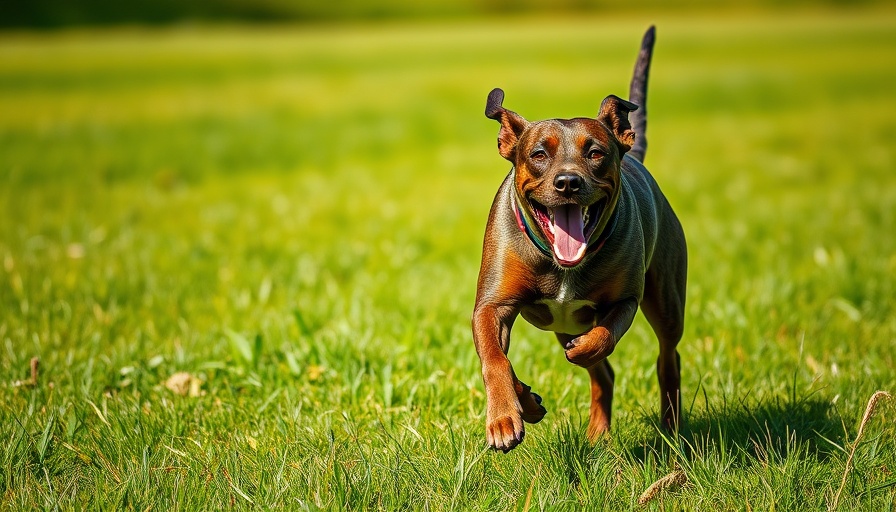
Understanding Dog Aggression: A Complex Challenge
The emotional bond between humans and dogs is one of the most rewarding aspects of pet ownership. However, misunderstanding canine behavior can lead to tragic consequences. Aggression in certain dog breeds, if not managed through proper training and socialization, can manifest as a threat. It’s vital for dog owners and potential adopters to recognize that while aggression can stem from a breed’s characteristics, it is greatly influenced by the owner’s actions and training methods.
Common Breeds That May Show Aggression
Many breeds are known for their potential for aggressive behavior if not properly trained. For instance, the Akita and the Belgian Shepherd, both powerful and protective breeds, require seasoned handlers who can provide the necessary socialization from an early age. When raised in a loving environment with clear guidance, these dogs can thrive and serve as loyal companions without displaying aggression.
The Importance of Early Socialization
Early socialization helps with emotional stability in dogs, equipping them to handle various situations calmly. Without this critical training, breeds like the American Bulldog can become overly protective and territorial. Practicing socialization with various people, environments, and other animals makes a huge difference and builds a well-rounded pet.
Insights into Dog Behavior: Aggressive vs. Dangerous
Owning a breed known for aggression is not synonymous with danger. A breed deemed as aggressive, like the Boxer, can be incredibly friendly and well-mannered when appropriately socialized and trained. The key differences comes down to training and experience from the owner – understanding the dog’s behavior allows pet owners to nurture a calm and balanced companion.
The Role of the Owner in Managing Canine Behavior
Effective dog training requires a commitment from the owner. Techniques vary widely, but consistency and positive reinforcement are crucial. A well-trained dog can be an asset to a family and even a community, debunking the misconception that certain breeds are inherently “bad.” In fact, training transforms potential aggression into protective instincts that are positive and manageable.
Conclusion: Nurturing a Positive Relationship
In conclusion, dog aggression is primarily a response shaped by environmental conditions, training, and socialization. By understanding these factors, dog owners can ensure that their pets grow into well-adjusted members of society. As you consider adopting a breed known for aggression, remember the profound impact of training and love in cultivating a harmonious relationship.
 Add Row
Add Row  Add
Add 




Write A Comment